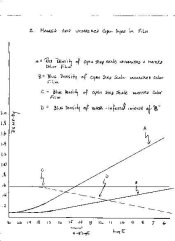Hi,
We finally started using the color darkroom! We did replace a lot of parts for CP-51, and that took some time since I had to oNow I can starting printing color images at our studio too.
I just have a couple of questions or regarding color printing. If you can answer or redirect me to appropriate sources, it would be great!
1) Why are we only using Y and M to do color correction. I know that is how it is done, but why we are not using cyan?
2) What does the orange cast on color negative do?
I just simply wondered about these things while I was in the darkroom...
Warmly,
Tsuyoshi
We finally started using the color darkroom! We did replace a lot of parts for CP-51, and that took some time since I had to oNow I can starting printing color images at our studio too.
I just have a couple of questions or regarding color printing. If you can answer or redirect me to appropriate sources, it would be great!
1) Why are we only using Y and M to do color correction. I know that is how it is done, but why we are not using cyan?
2) What does the orange cast on color negative do?
I just simply wondered about these things while I was in the darkroom...
Warmly,
Tsuyoshi












